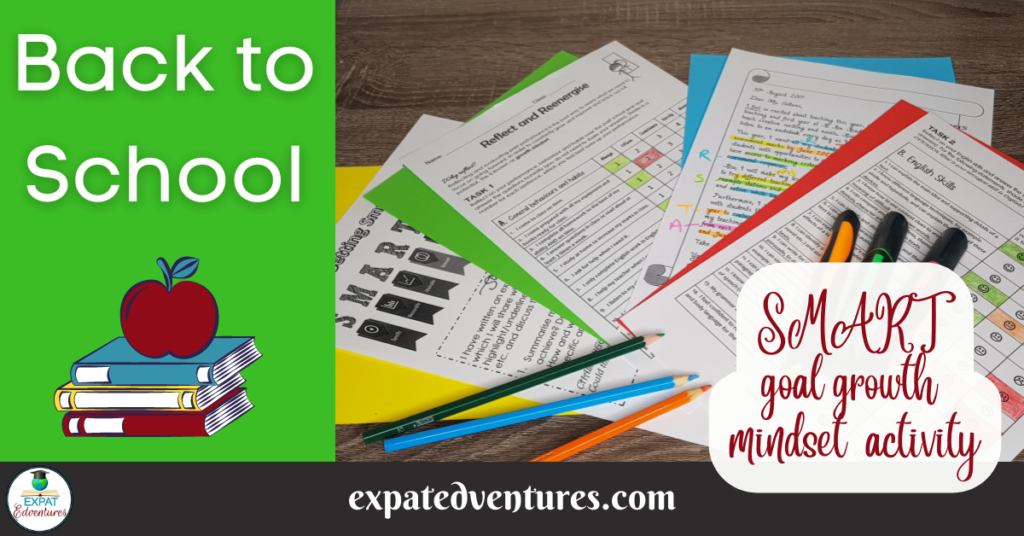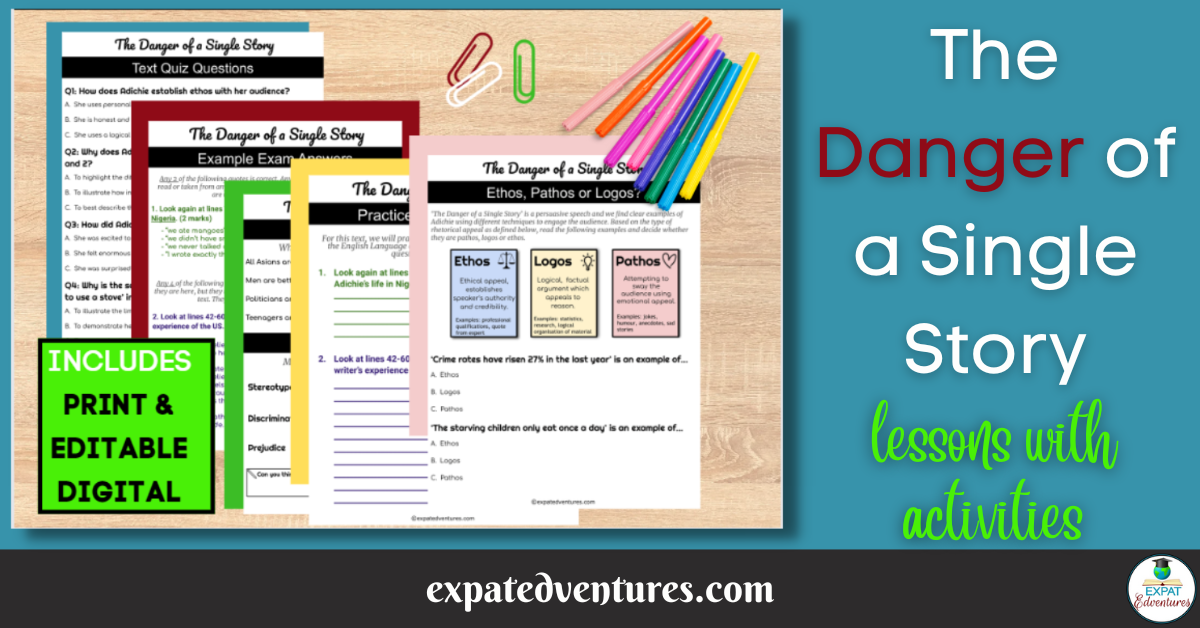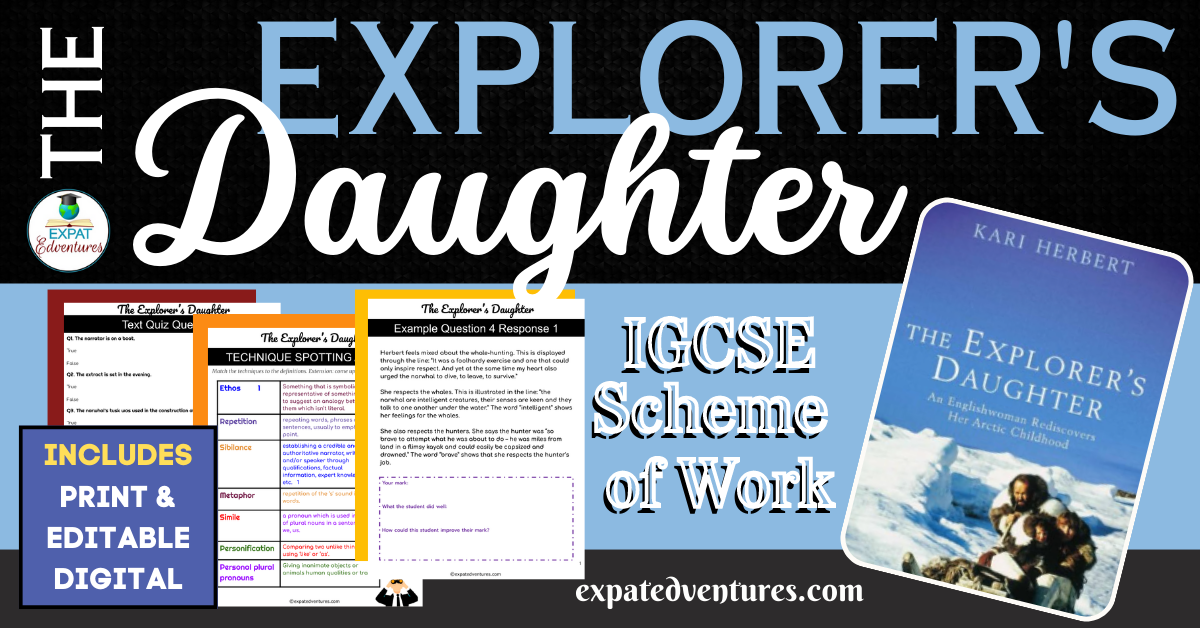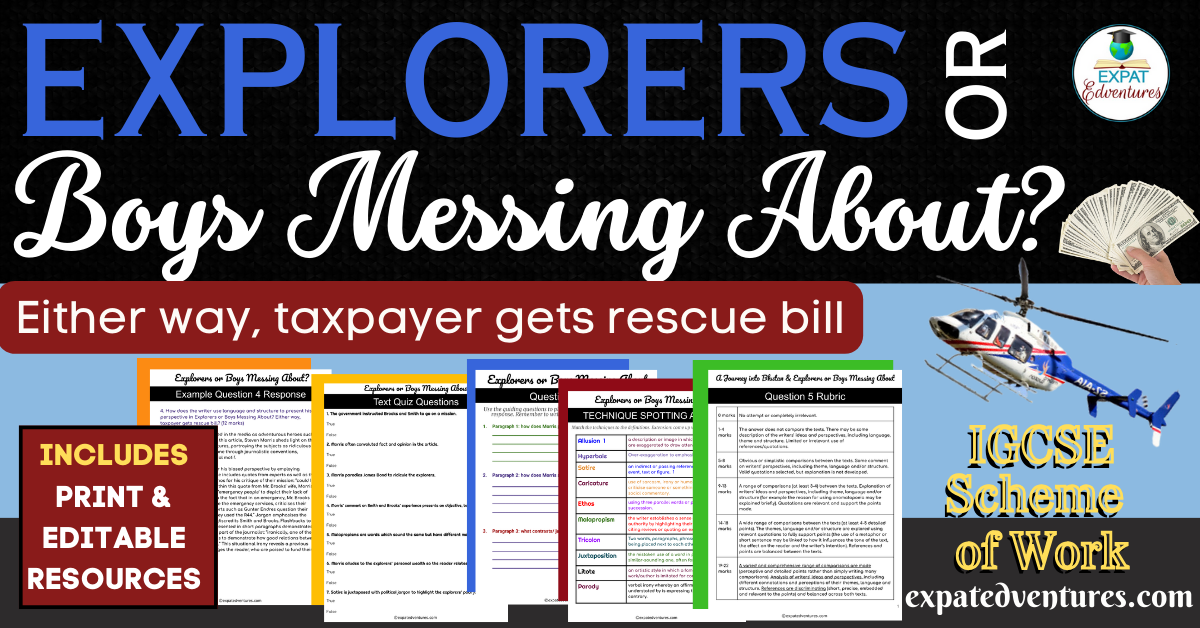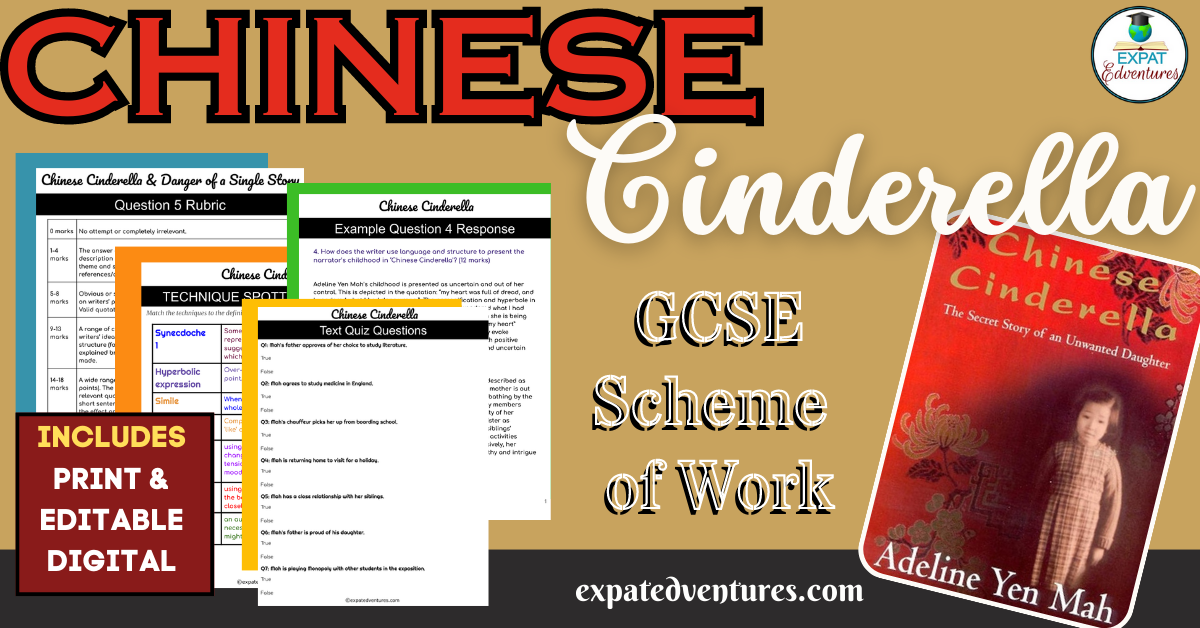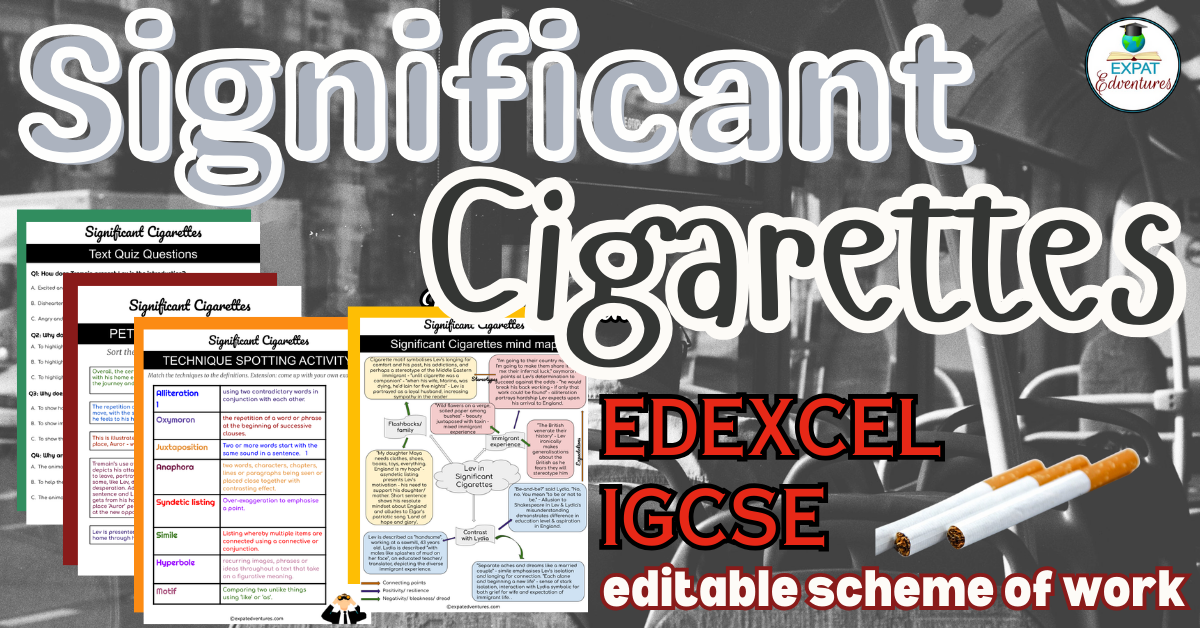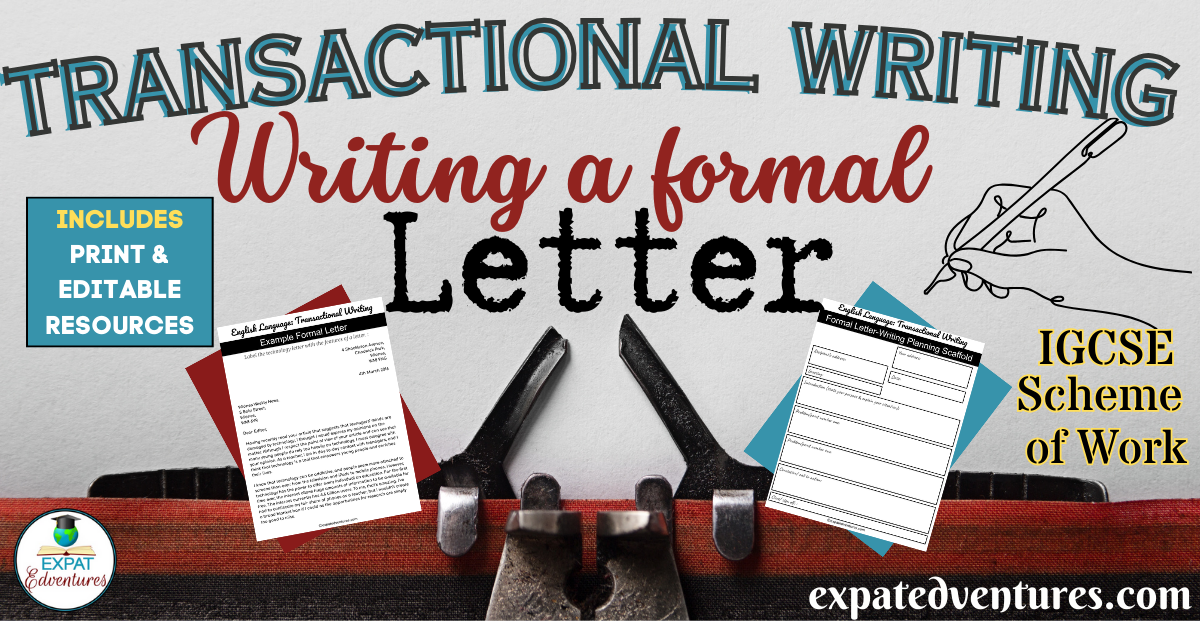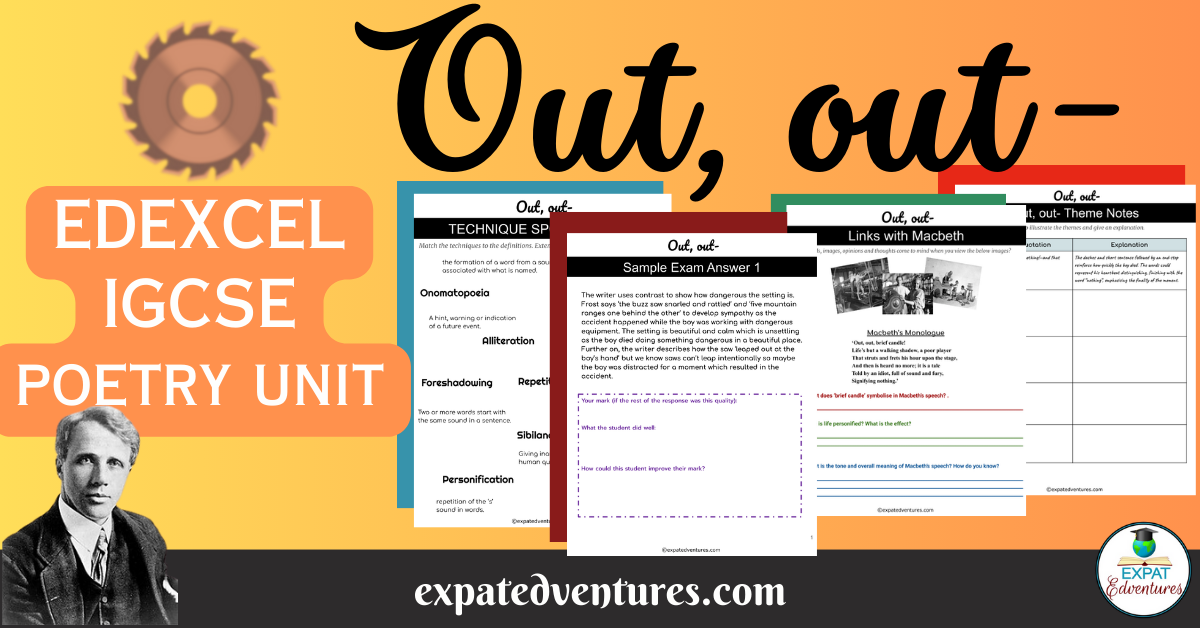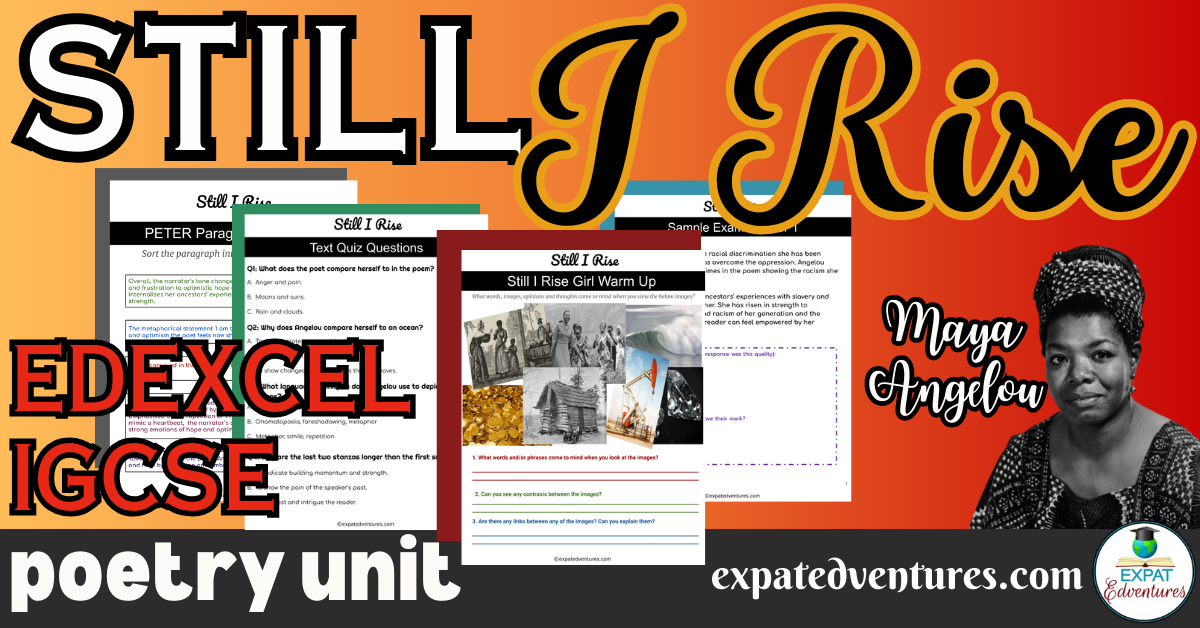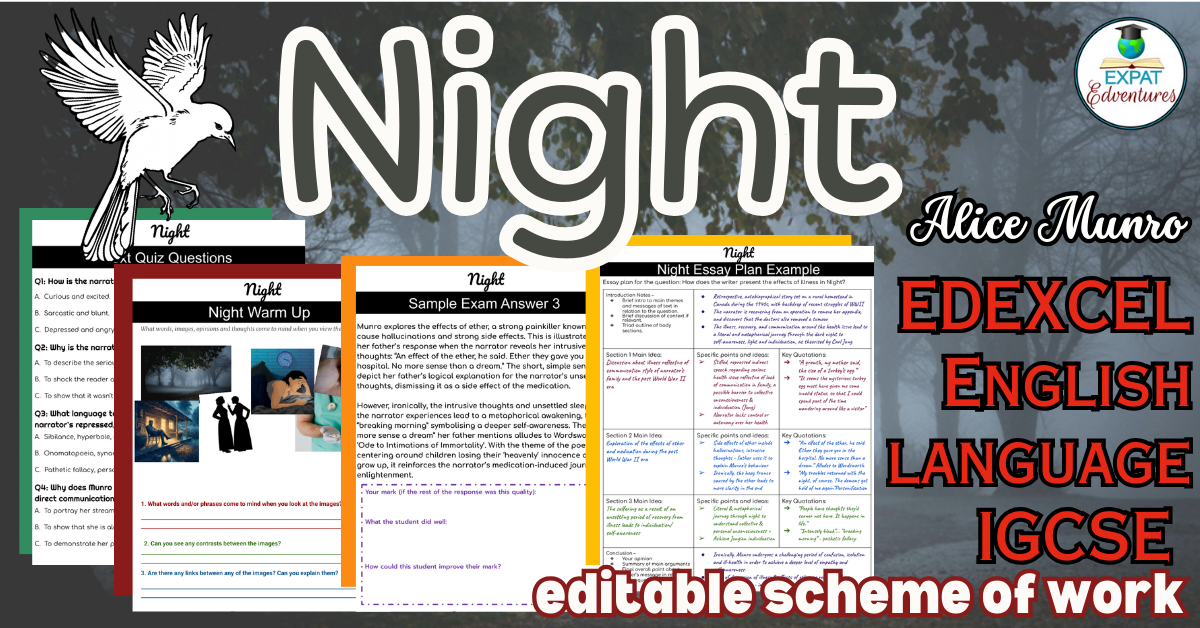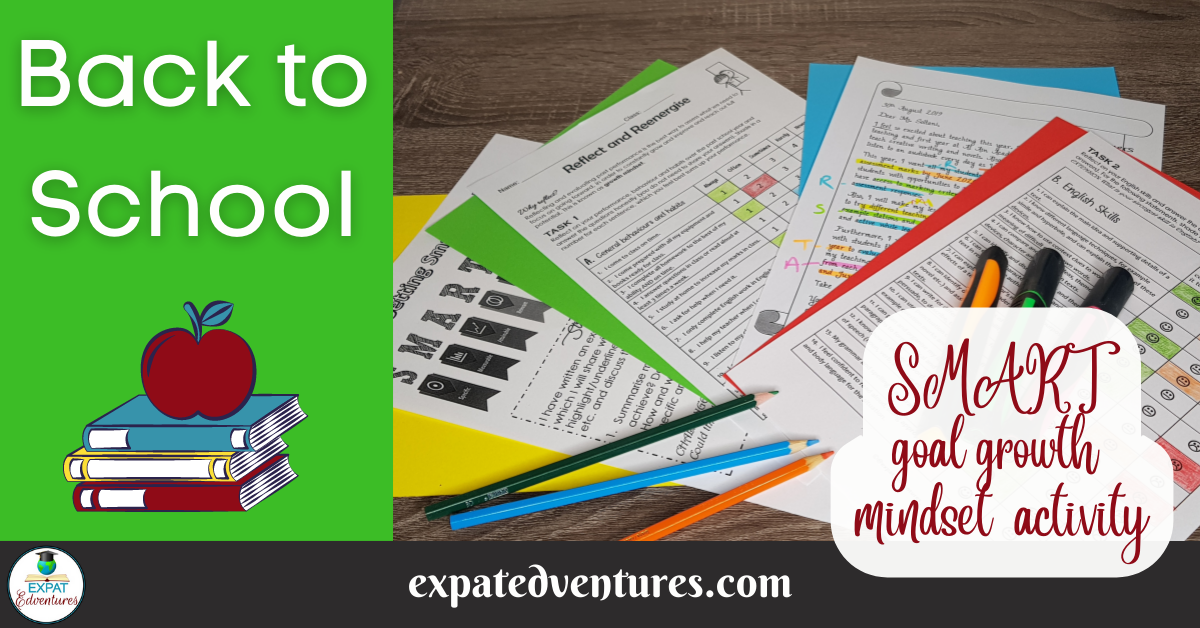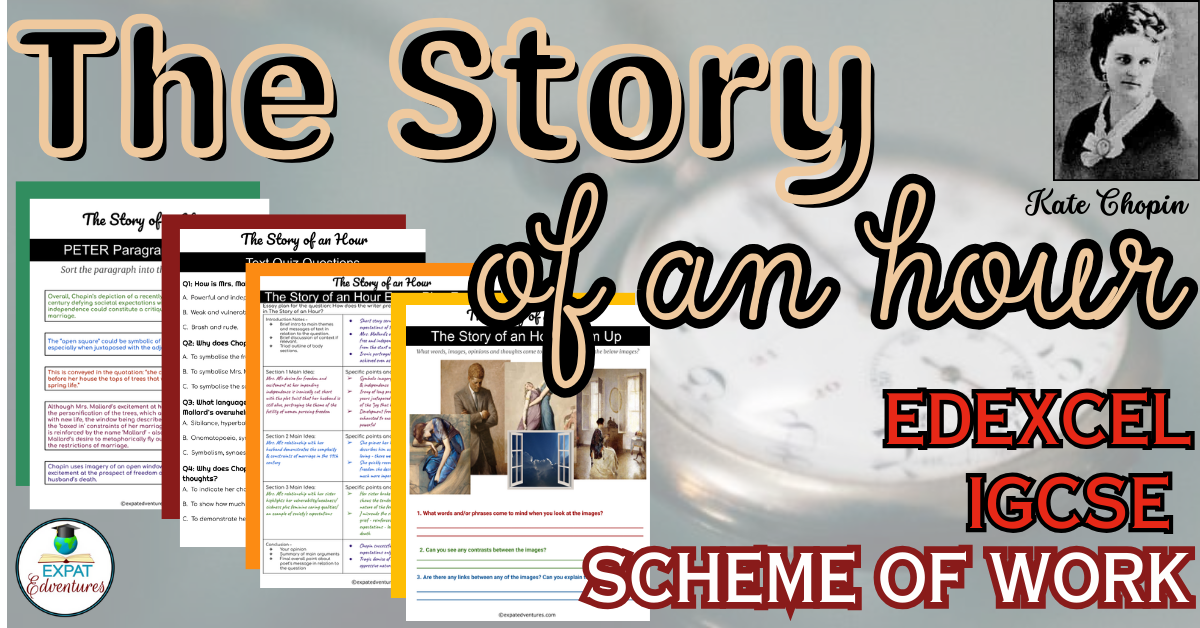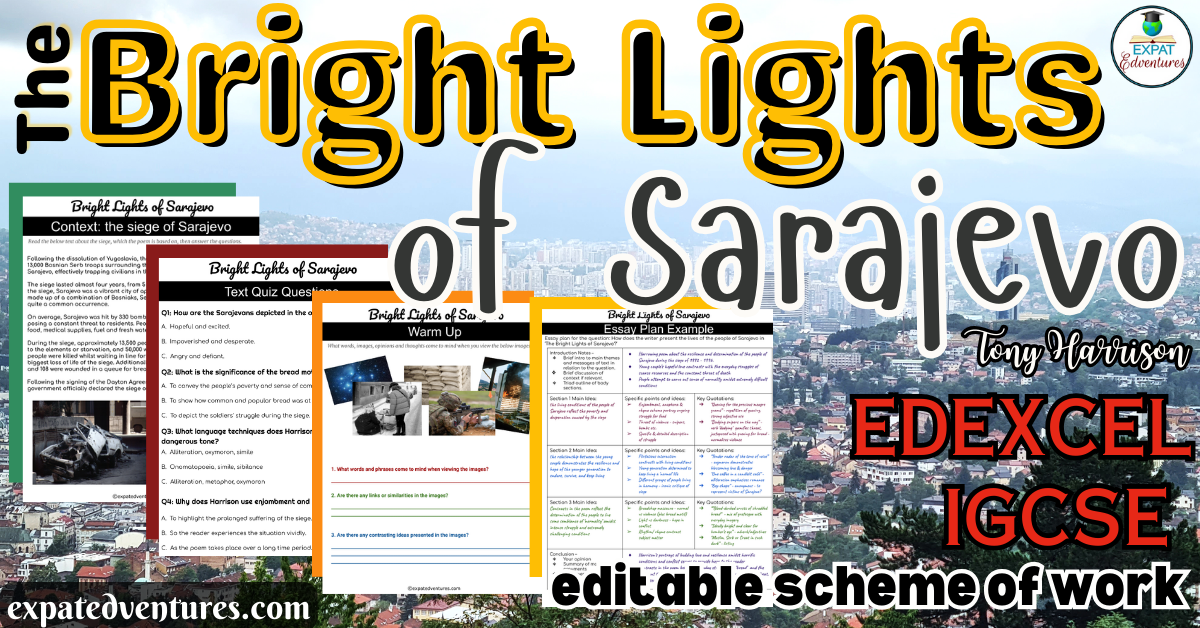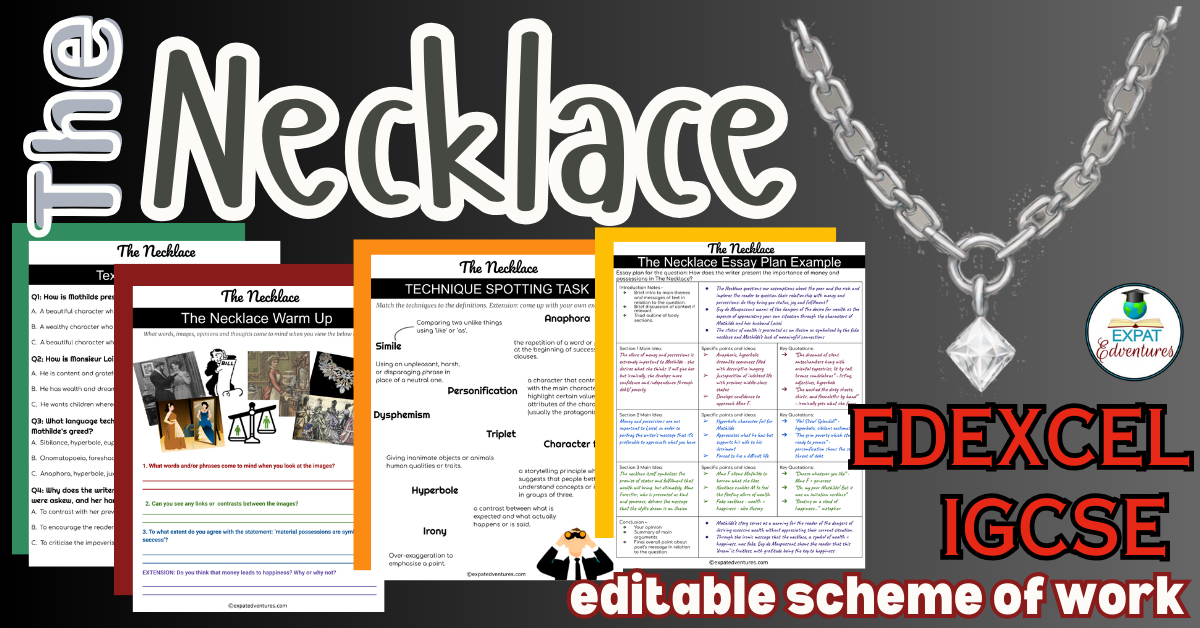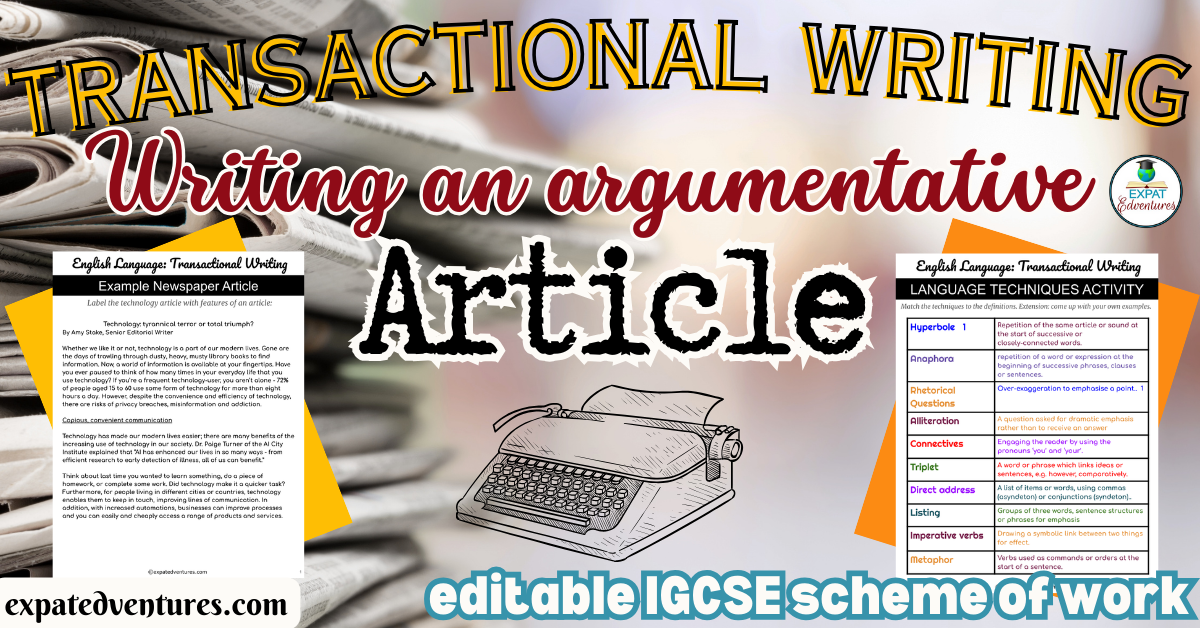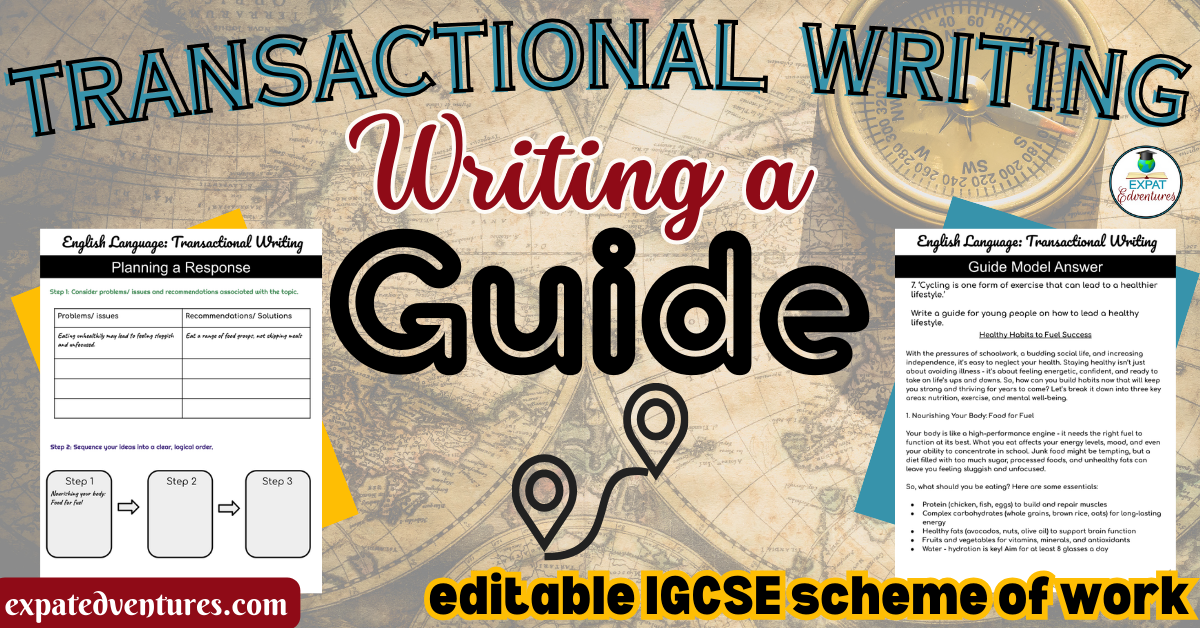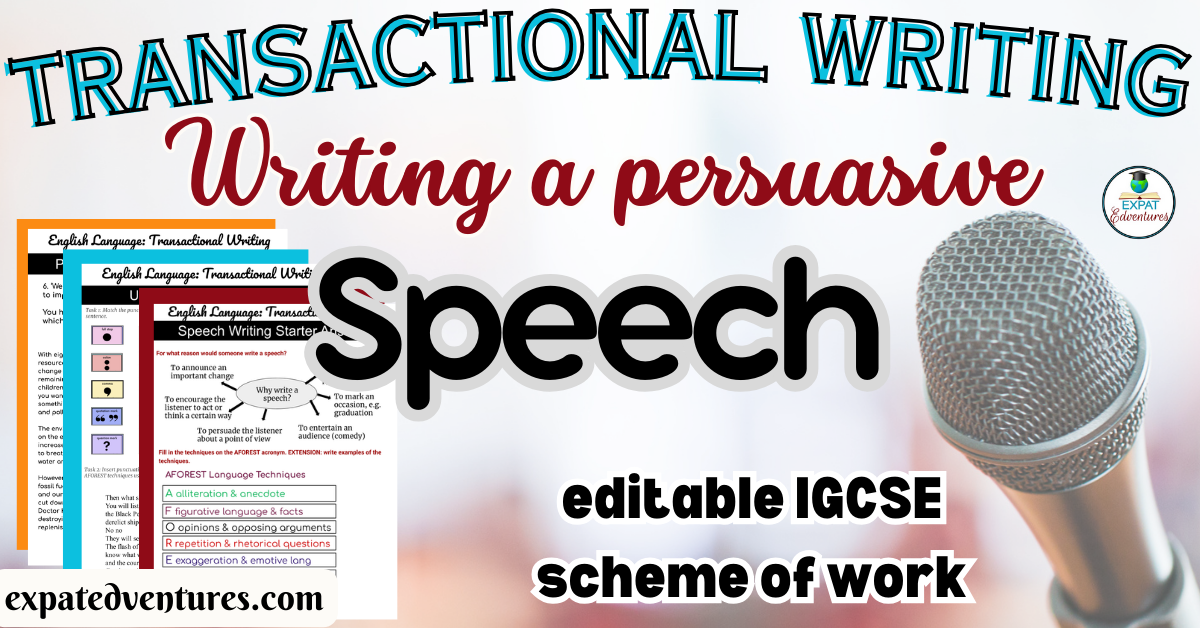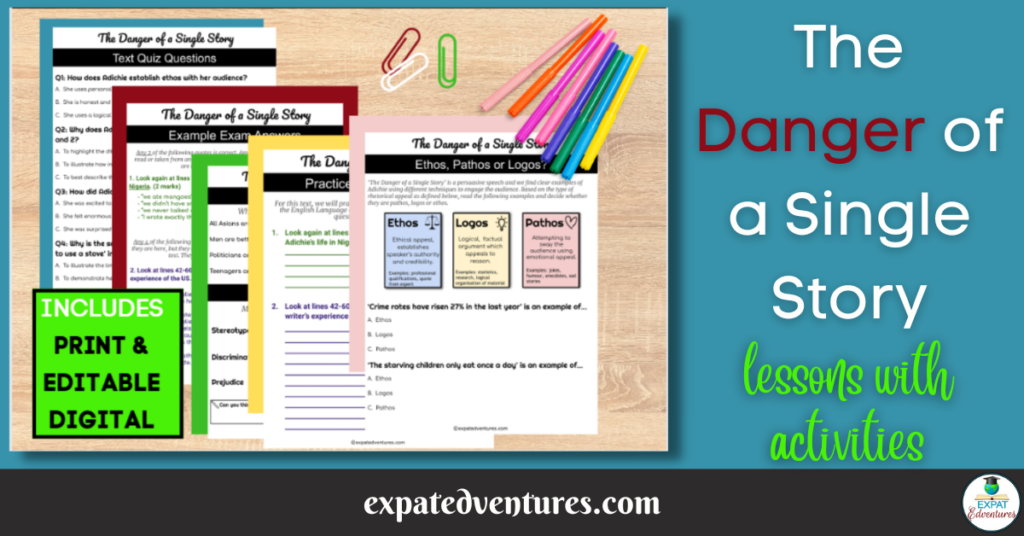your guide to expat teaching life
Edexcel IGCSE English Language & Literature
Welcome!
Hello and welcome! Whether you’re thinking of becoming an expat teacher, are teaching in an international or multicultural school I can help.
I currently teach English at a British curriculum international school, and have been an Edexcel examiner for more than a decade.
My goal is to share my experiences, hacks and resources with fellow teachers and students to help build a global community of English teachers. This website contains a gold mine of teaching resources to increase student grades – take a look around and enjoy!
Thank you
Alison

“It is a bitter-sweet thing, knowing two cultures. Once you leave your birthplace nothing is ever the same.”
~ Sarah Turnbull, Almost French: Love and a New Life in Paris
“The loneliness of the expatriate is of an odd and complicated kind, for it is inseparable from the feeling of being free, of having escaped.”
~ Adam Gopnik, Paris to the Moon
“Loving life is easy when you are abroad. Where no one knows you and you hold life in your hands all alone, you are more master of yourself than at any other time.”
~Hannah Ahrendt
“All you will ever have is the present. Waste no energy crying over yesterday or dreaming of tomorrow. Nostalgia is fatiguing and destructive, it is the vice of the expatriate. You must put down roots as if they were forever, you must have a sense of permanence.”
~ Isabel Allende, Of Love and Shadows

